Cocoa prices hit record high
After a long time, the price of cocoa remained at 5,000-6,000 VND/kg. In the last months of 2024, the price of raw materials increased to 12,000 VND/kg and the current price of fresh cocoa is at 14,000-16,000 VND/kg of fresh beans and 220,000-230,000 VND/kg of dry beans, even in some places it reached 260,000 VND/kg, 3 times higher than the same period last year, 4-5 times higher than in 2022. This is also a record high price ever.
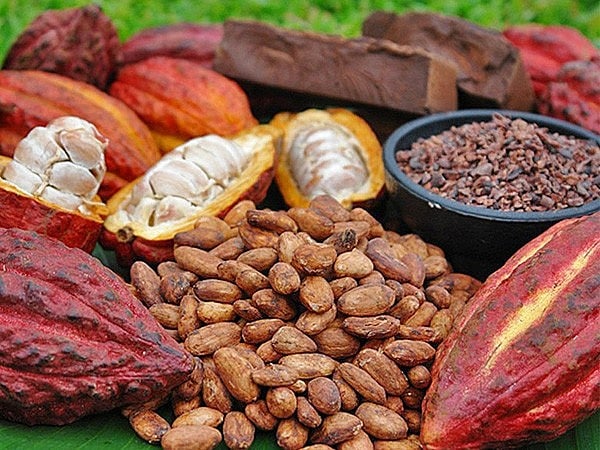 |
| Cocoa prices increased 4-5 times compared to 2022. Illustration photo |
Farmers are now entering the harvest season, with this price, each hectare of cocoa brings farmers an average income of 400-450 million VND. According to farmers, this is a good sign, showing the great economic potential of cocoa, helping to significantly improve people's lives.
Climate change, drought, and pests are severely impacting global cocoa production, with a shortfall of about 0.6 million tonnes compared to demand. There is a particular shortage of supply from Ivory Coast and Ghana, which supply 70% of the world ’s crop. In addition, concerns from buyers have pushed prices to historic levels.
The soaring cocoa price creates a "golden" opportunity for farmers but also poses significant challenges for cooperatives (HTX) in production, purchasing, processing and consumption. Because the high cocoa price means that the cooperative needs a large amount of capital to purchase input materials. In the current context, capital mobilization becomes extremely difficult, directly affecting the cooperative's ability to operate. Not only that, cocoa output in the area is still limited, while traders are massively purchasing, pushing prices up and creating fierce competition.
Cocoa is the input for chocolate manufacturing enterprises. Not only are the cooperatives that produce, purchase, process and consume chocolate affected, but the enterprises that produce, trade and export this product are also facing significant difficulties.
Speaking to reporters from the Industry and Trade Newspaper, Mr. Hoang Danh Huu - CEO of EDE Farm Service Trading Company Limited (owner of the Miss Ede brand) - said that he is the only company that uses 100% cocoa beans in landscape farming areas that meet international sustainable farming standards right in the Central Highlands. The high and prolonged increase in input material prices has seriously affected the business activities of chocolate and cocoa production enterprises, including Miss Ede.
The reason is that the consumer market does not accept the price of a finished product increasing by 4-5 times in retail price due to the increase in raw material price, but only accepts an increase that usually does not exceed 15%. This has caused small and medium-sized manufacturing enterprises, if they no longer have low-priced grain inventory, to face the risk of heavy accumulated losses.
The sharp increase in cocoa prices has brought joy to farmers but has also caused concern for many manufacturing, processing and exporting enterprises. The current trend is that chocolate manufacturers are in a state of limited production, some even reducing production scale to minimize losses. Others are forced to change their business model, diversify their product groups, and switch to consumer products with a lower proportion of raw materials from cocoa beans to prevent losses and ensure profits to maintain their businesses.
Mr. Hoang Danh Huu said that the increase in cocoa prices is good for farmers, but if the increase is 1.5-2 times compared to 2022, it will be more appropriate, because it also helps the factories producing finished products to ensure a part of the profit. If the price maintains the current increase of 4-5 times, the global chocolate industry is facing the risk of a broken supply chain.
Concerns about the rapid increase in planting area
Cocoa trees used to grow very strongly in Vietnam. In its heyday, in 2012, the area reached 25,700 hectares. However, due to the difficulty of competing with other crops, cocoa was at risk of being wiped out since 2013 when farmers massively cut down their trees due to unstable prices. By 2023, the cocoa growing area had decreased by nearly 90% compared to 2012.
By the end of 2024, the country will have more than 3,000 hectares of cocoa growing area with a dry bean output of about 3,500 tons/year. However, this area is very modest compared to coffee (730,500 hectares) and cashew (300,800 hectares).
Due to the high price, cocoa is now the choice of many farmers. Because cocoa is a plant that does not cost too much to care for, fertilizers and pesticides. The advantage of expanding is that cocoa is not only grown monoculture but can be intercropped with other crops such as coffee, cashew, banana and bring double economic benefits to farmers. This year, it is expected that the whole country will have more than 500 hectares of cocoa.
The cocoa industry is being awakened by all parties because this is considered a very unique advantage of Vietnam. According to industry experts, Vietnam owns the rare Trinitario cocoa variety (accounting for 15% of global cocoa production) with a unique indigenous flavor.
Along with other cocoa varieties, Vietnam has become one of the attractive destinations for foreign cocoa bean buyers. Many chocolate brands have also opened factories in Vietnam, prioritizing on-site processing of raw materials for export.
Mr. Justin Jacquat, Asia- Pacific Cocoa Manager, said that compared to Malaysia, Ivory Coast or Indonesia with dry cocoa output of about 200,000 tons per year, Vietnam's figure of 3,500 thousand tons is quite small. However, compared to countries with large output, the flavor is not as high. With a flavor that no other country has, Vietnamese cocoa creates its own segment, targeting the high-end market.
Cocoa prices are at record levels, farmers are excited, leading to an increase in demand for expanding the area of this crop. Industry experts also say that to expand the area, growers must understand that cocoa is an industrial crop, requiring large scale, long-term investment and systematic techniques. If they plant it en masse following the trend when prices increase, without quality control, it will lead to oversupply and loss of value.
In fact, many Vietnamese agricultural products have been in this situation due to the lack of long-term strategies. Cocoa is the raw material for chocolate and high-end products serving the “rich kids” with strict requirements, so it is even more important to pay attention to technology and traceability.
Vietnam is one of the countries producing cocoa with quality in the top 10 of the world. Vietnamese cocoa is behind but can be ahead in Southeast Asia if this industry follows the path of large-scale development, high-tech application, sustainable linkage and focusing on deep processing to exploit the full value of cocoa fruit instead of racing to expand acreage in an uncontrolled manner.
| People need to consider factors such as soil conditions... Massive, unplanned development can lead to oversupply, causing unwanted consequences. |
Source: https://congthuong.vn/gia-ca-cao-tang-manh-canh-bao-tang-nong-dien-tich-trong-386053.html




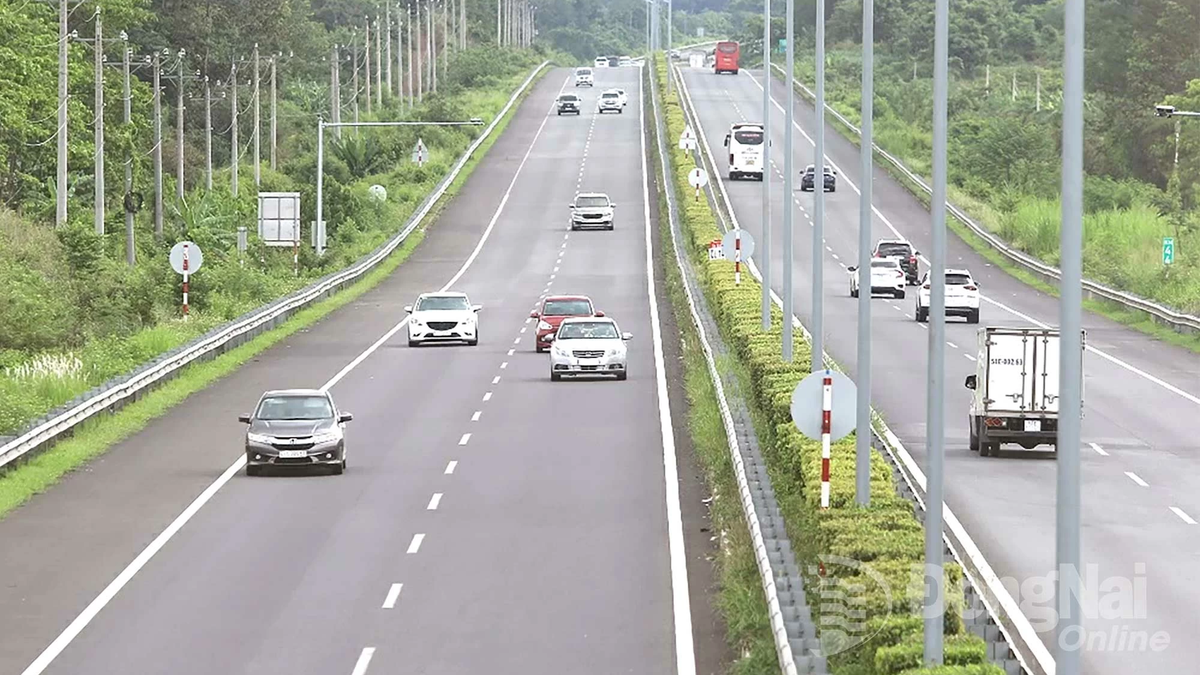
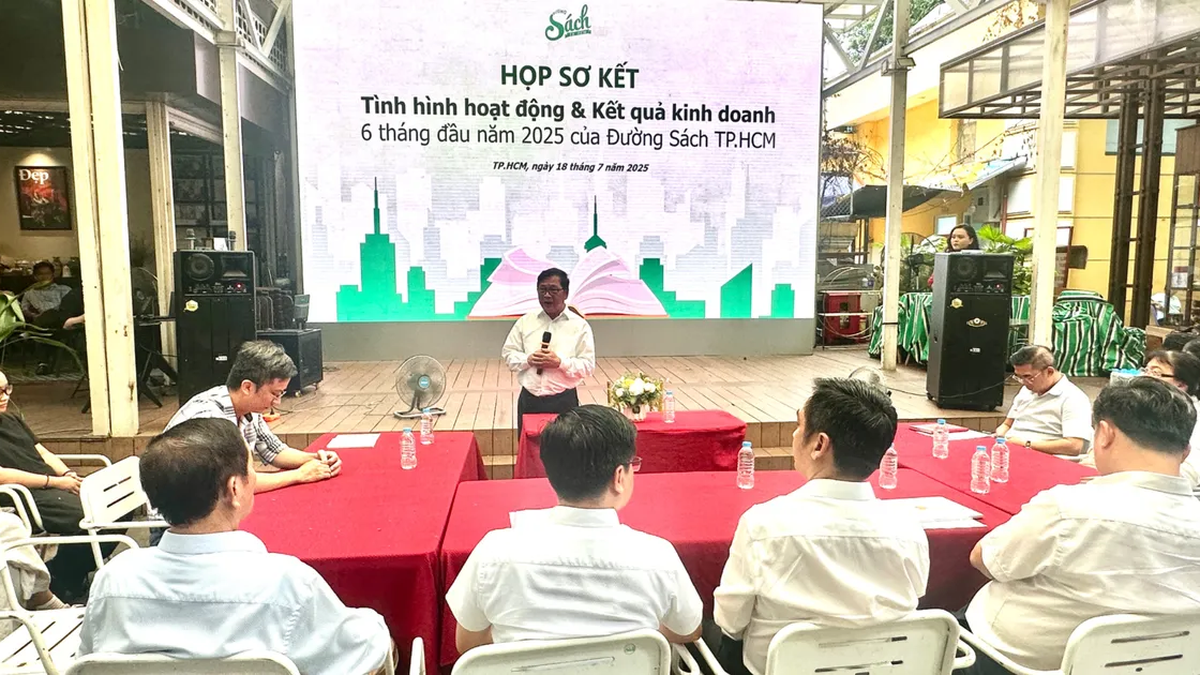


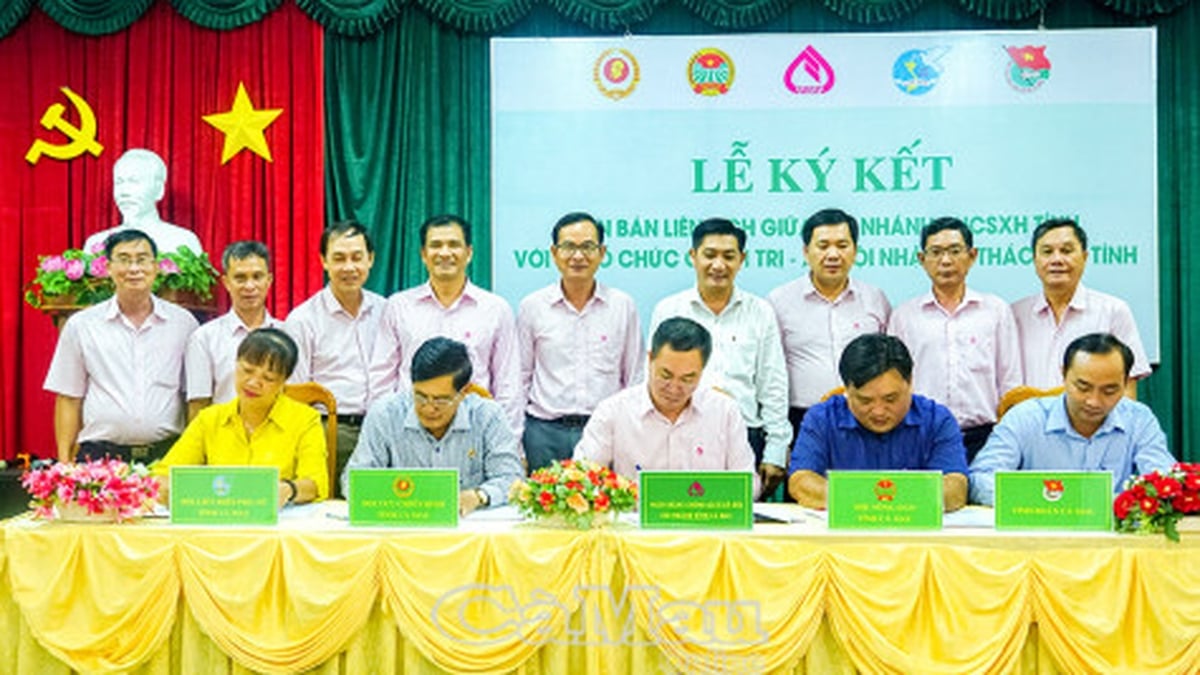
































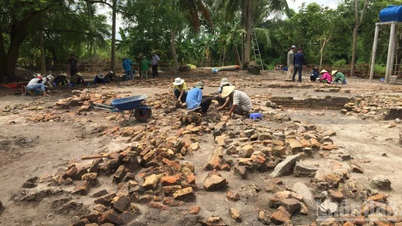










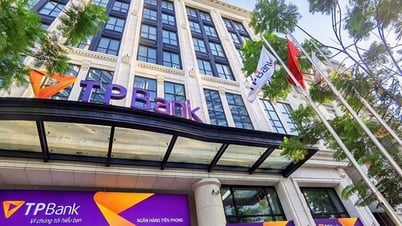

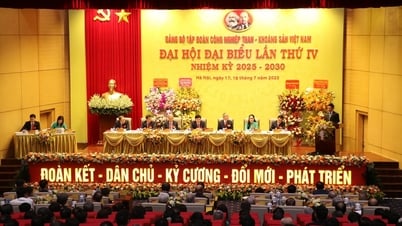



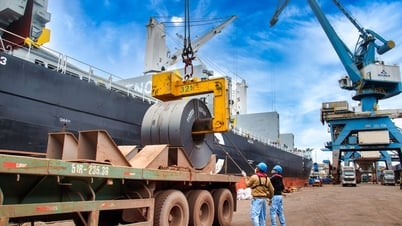



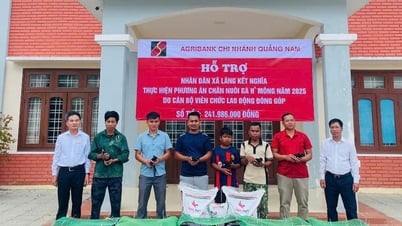

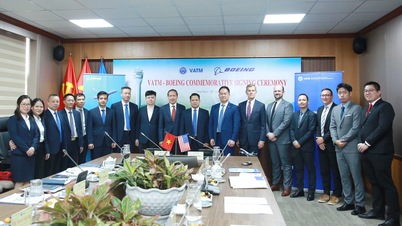



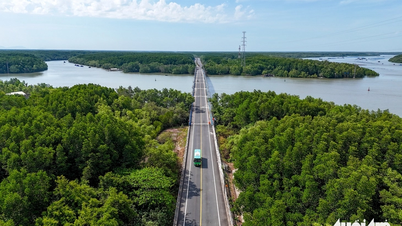
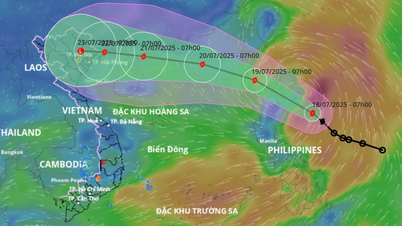
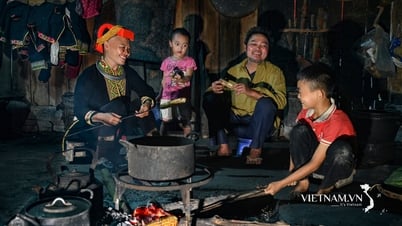
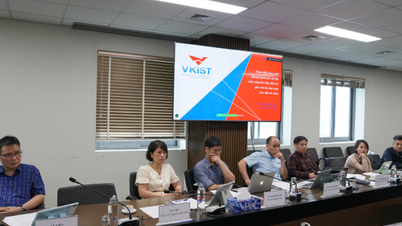




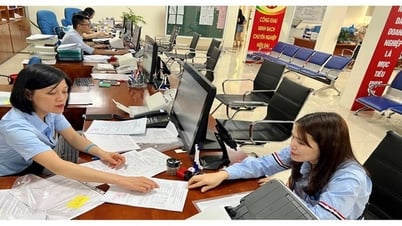

















![[Infographic] In 2025, 47 products will achieve national OCOP](https://vphoto.vietnam.vn/thumb/402x226/vietnam/resource/IMAGE/2025/7/16/5d672398b0744db3ab920e05db8e5b7d)





Comment (0)